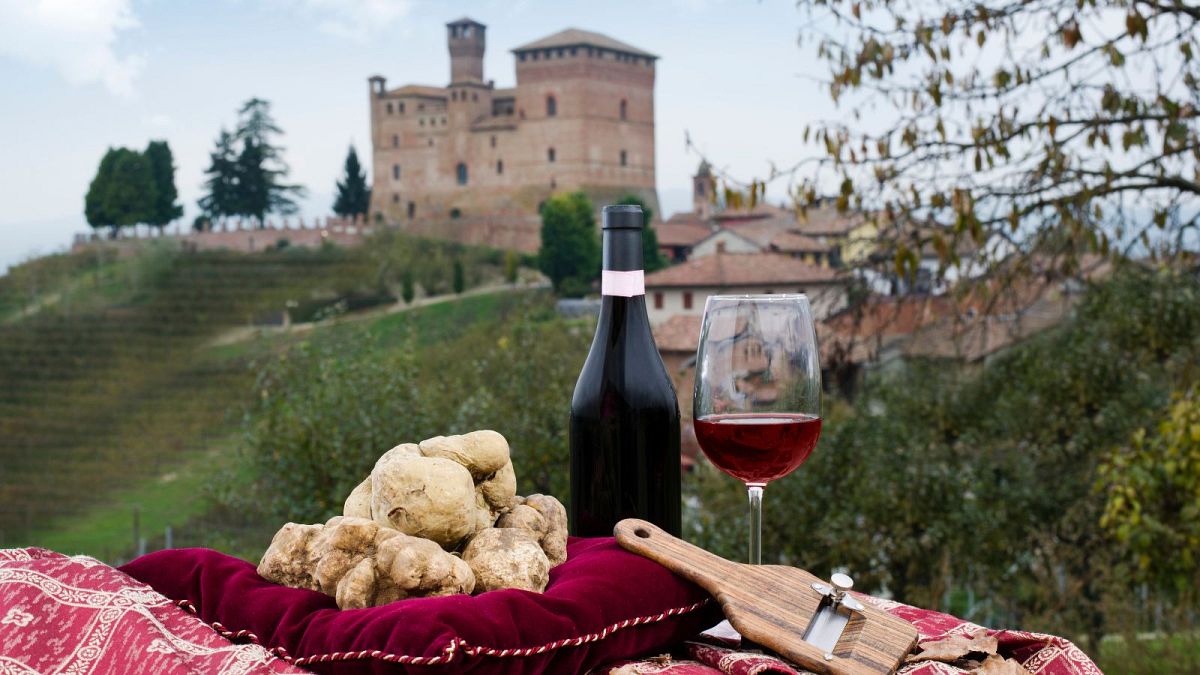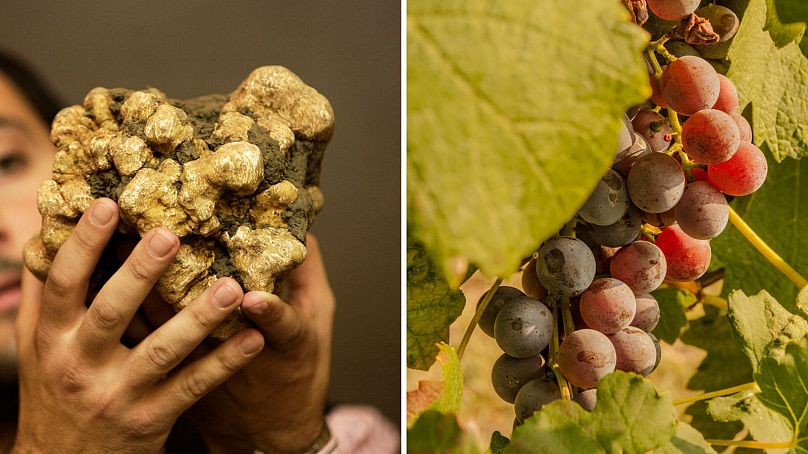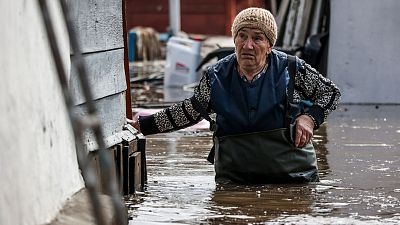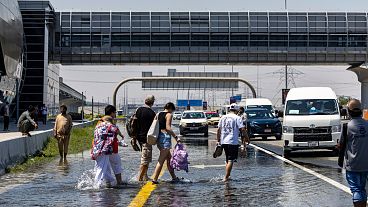White Alba truffles and Piedmont red wines typically pair well together. But rising temperatures are creating a rift in the region.
The disappearing art of truffle hunting is facing a new and “grave threat” from winemakers in northern Italy.
The rare white Alba truffle and Piedmont red wines are among the region’s most prized products, and have been sourced in happy proximity for decades.
But winemakers in the Langhe area of Piedmont are now eyeing up the shadier side of the hills - prime truffle hunting territory - to shield their vines from increasingly hot summers.
“Opening up north-facing slopes to the production of grapes would pose a grave threat to truffles,” Antonio Degiacomi, president of the Centro nazionale studi tartufo (National Centre for Truffle Studies) based in Alba, told La Stampa newspaper.
“All the biodiversity of the region is concentrated on the northern slopes and without it there will be no truffles.”
What is the right climate for wine and truffles?
Derived from the Celtic for ‘strips of land’, Langhe is so-called for its elongated hills, formed alongside each other to create deep valleys.
The north-facing slopes had previously been deemed too cool for grape-cultivation. But - as elsewhere across Europe - rising temperatures are forcing winemakers to reconsider their options.
The Consortium for the Protection of Barolo and Barbaresco (an association for makers of the iconic reds) has proposed extending vineyards into these shadier areas - reportedly as a way of addressing “the climatic conditions we are experiencing and the effects they are having”.
But these slopes have been left as woodland and meadows for centuries, truffle hunters say, providing the ideal habitat for truffles to grow.
Clearing the wooded northern slopes for vineyards would be a “lethal blow” to truffle hunters, Degiacomi told La Stampa, and “if it is allowed to go ahead, the famous white truffle of Alba will no longer exist.”
This rare truffle cannot be cultivated. As depicted in the 2021 film The Truffle Hunters, it is the prize and joy of an old cohort of artisanal hunters and their dogs, who sniff out the tubers.
Depending on their scarcity in season, the Alba truffle can fetch up to €5,000 per kilo - making it one of the most expensive ingredients in the world.
This latest tussle with winemakers isn’t the first or only challenge to the ancient practice in Piedmont, one of the main areas where the Alba truffle is found.
“The forests that produce truffles are under a lot of pressure from climate change, deforestation, agricultural pollution,” film co-director Gregory Kershaw told Euronews in 2021. “It all has a big impact on the natural ecosystem.”




